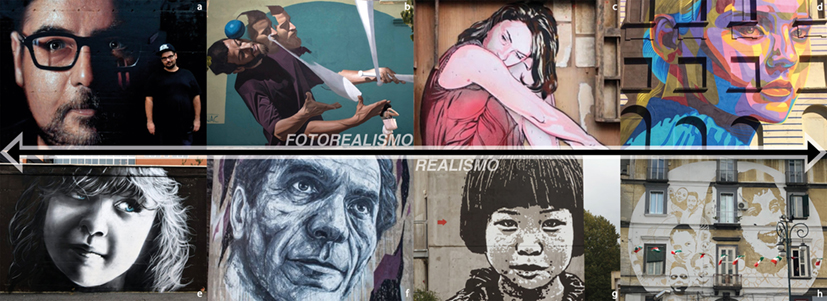
Street art. A methodology for coding a heterogeneous language
Abstract
The graffiti birth is initially recognized for its illegal nature and its “disrespectful push”. However, Street Art today is full of different meanings, that are no more necessary connected to the inner message, but almost linked to the medium, the style and the relationship with the chosen location. Also the illegal nature couldn’t be considered as a fundamental prerogative of contemporary graffiti. Considering the hybrid and multiple character of contemporary Street Art, in terms of register, execution methods, references and communicative intent, it is becoming increasingly important to distinguish the works of writers, be they legal, illegal, lasting or temporary, from the practices of simple vandalism, going to analyse the canons, even if diversified, that the artists adopt. Starting from state of art of heterogeneous Street Art’s world limited in the European context, the research focus on the formal choices aimed at the creation of a language, that although it is multiple, has its roots in the word of drawing roots, graphics and representation. The aim of the paper is to identify a matrix of analysis of the graffiti, based on graphical-material techniques and representation methods, in order to reach a definition of a serie of semantic groups from for-mal and technical point. These first results have been discretized with the variable of context to emphasize the interdependence between technique and language and to connect every methods of representation to the material techniques that reflect it most.
In conclusion the research wants to code, finding the common proprieties, heterogeneous and personal expressions, born from the youth rebellion, to recognize the rules and typologies of the used language.
Keywords
Full Text:
PDFRefbacks
- There are currently no refbacks.
Copyright (c) 2020 Sara Conte, Valentina Marchetti
DISEGNARECON
ISSN 1828 5961
Registration at L'Aquila Law Court no 3/15 on 29th June, 2015.
Indexed in SCOPUS. Diamond Open Access. All papers are subjected to double blind peer review process by qualified reviewers.
Journal founded by Roberto Mingucci
